Nettles are a familiar sight across Britain, growing in gardens, along canal paths and in hedgerows.
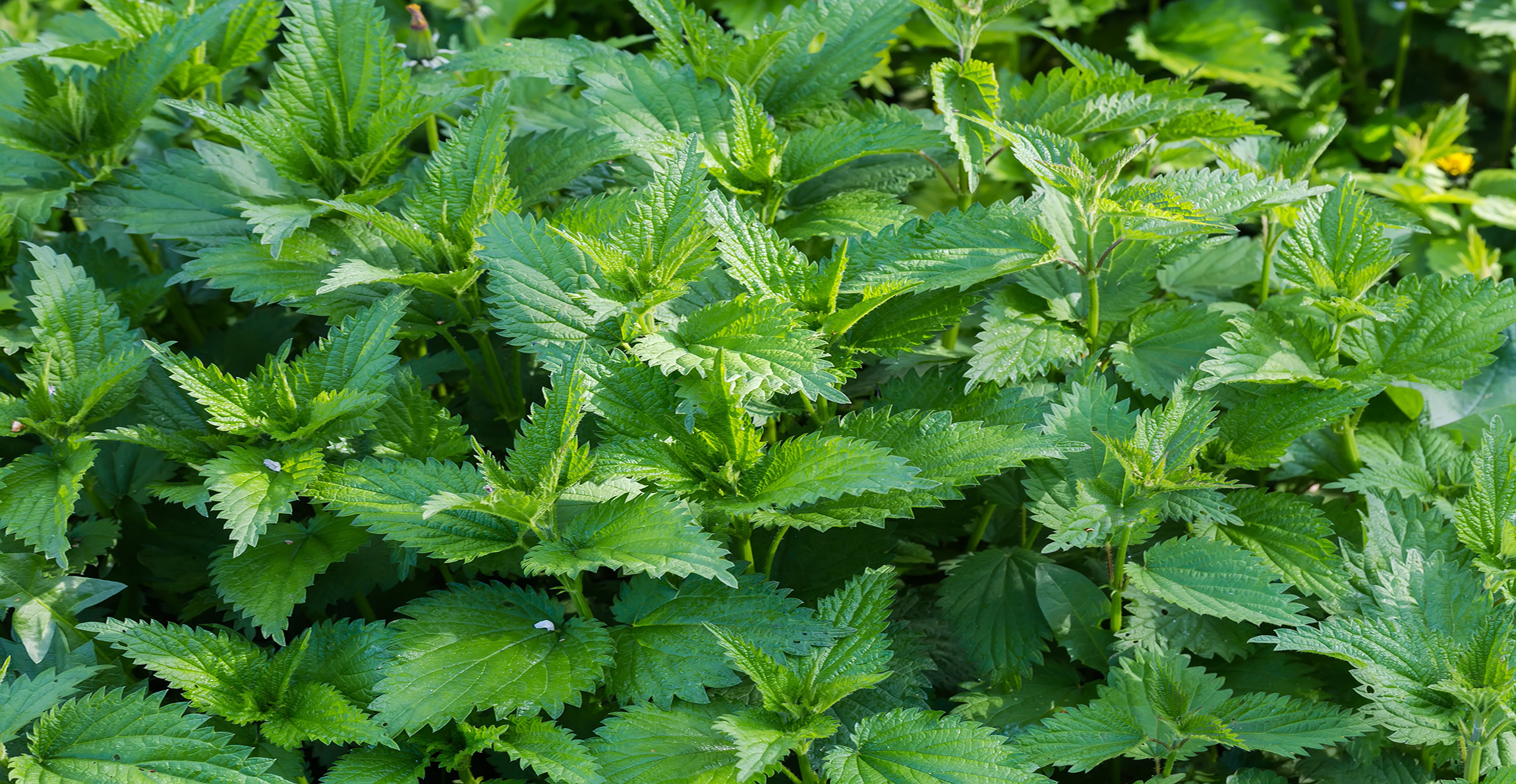
Although they’re famous for their sting, nettles are very useful for both humans and wildlife. © anmbph/Shutterstock
These plants tend to have a bad reputation – who among us hasn’t suffered the tingling pain of a sting after unknowingly brushing against one. But nettles are actually incredibly important! Shathuki Perera, our Urban Biodiversity Officer, sheds light on this hazardous hedgerow inhabitant.
What is a stinging nettle?
In the UK, we have two main species of stinging nettle – the common nettle and the small nettle. Common nettles are the ones that we see most often in Britain. They can grow to around two metres tall and are perennial, which means they grow back year after year from their roots.
The small nettle, as its name suggests, is much smaller, growing to about 60 centimetres tall. It’s an annual, meaning it only lasts for one growing season and doesn’t come back year after year. Both species of nettle like damp environments, which is why they’re often found in hedgerows and woodlands.

Nettles, such as the common nettle, have a sting to defend themselves from herbivores. © Tsikhanovich Alena/Shutterstock
Their stings are a defence mechanism, which they use to protect themselves from being eaten by herbivores. In fact, their stings are so famous that the scientific Latin name of their genus Urtica, comes from the Latin word ūrere which means ‘to burn’.
Nettles are covered in tiny hairs called trichomes, which are like little needles. They contain a cocktail of different chemicals such as histamines. When something comes into contact with them, the tips come off and the chemicals cause an allergic reaction.
Their stings are so effective at protecting them from herbivores that another species called the deadnettle actually mimics their appearance to protect itself. The deadnettle isn’t a nettle and doesn’t have a sting, but its nettle-like appearance deters potential grazers.

The nettle sting is so effective that the deadnettle disguises itself to look like one. © Olko1975/Shutterstock
Many people think dock leaves calm the pain of a nettle sting. However, there’s no evidence to suggest that they do help. Instead, it might be a placebo effect or the cool leaves, like anything cool, could just feel soothing when placed on the irritated area of the sting.
The uses of stinging nettles
Although many of us might choose to avoid them because of their sting, nettles have many uses and are a prominent part of history. As far back as the Roman period, there are stories of soldiers stinging themselves with nettles to keep warm. Bronze Age digs have also found evidence of clothing being made from nettle fibres.

Nettles have many health benefits and are often consumed in tea. © Rimma Bondarenko/Shutterstock
Nettles contain a lot of nutrients, including vitamins, minerals, fats and amino acids. Many of these nutrients can act as natural antioxidants in the body. Consuming nettles has been associated with health benefits such as reducing inflammation and aiding relief from hay fever. If prepared properly, nettles can be turned into tea, soup and pesto as well as baked into cakes. In Cornwall, they even make a cheese called Cornish Yarg with nettles.
The importance of nettles to wildlife
Nettles are vital for biodiversity in Britain. “They support a whole host of different pollinators and even some birds. As the insects that use them are quite delicate, they don’t set off the mechanism of the hairs, which means that they’re able to forage and lay their eggs without being stung,” explains Shathuki.
Butterfly species, including red admirals, painted ladies, small tortoiseshells, peacocks and commas, are particularly fond of nettles. The adults not only use the plants as a source of food, but they also lay their eggs on them. Female butterflies will often lay their eggs on the young, tender leaves of nettles. Once the eggs hatch, the larvae then feed on the nettle’s leaves.
“I think maybe there needs to be a shift so that people know how much nettles support these wonderful animals,” Shathuki says.

Nettles are important for biodiversity and support wildlife including the comma butterfly. © Christoph Bunte/Shutterstock
Nettles benefit birds too. Their dense foliage offers shelter and protection to nesting birds, particularly during the breeding season. Some bird species, such as finches and sparrows, feed on their seeds, especially during the autumn and winter months. This helps disperse the seeds, helping nettles spread to new areas.
A wide variety of pollinators are attracted to nettles, including bees who forage on their flowers for nectar. Since nettles flower in late spring and summer this helps to fill a gap in the availability of nectar for pollinators when other plants aren’t in bloom. By supporting pollinators, nettles play a crucial role in maintaining the health of other plant species and the ecosystem as a whole.
Nettles are necessary
Although we’re not fond of their painful stings, nettles are extremely important for both biodiversity and humans. Next time you see a nettle, think about the wonderful wildlife that could be benefiting from these crucial plants.
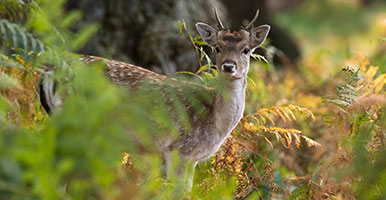
British wildlife
Find out about the plants and animals that make the UK home.
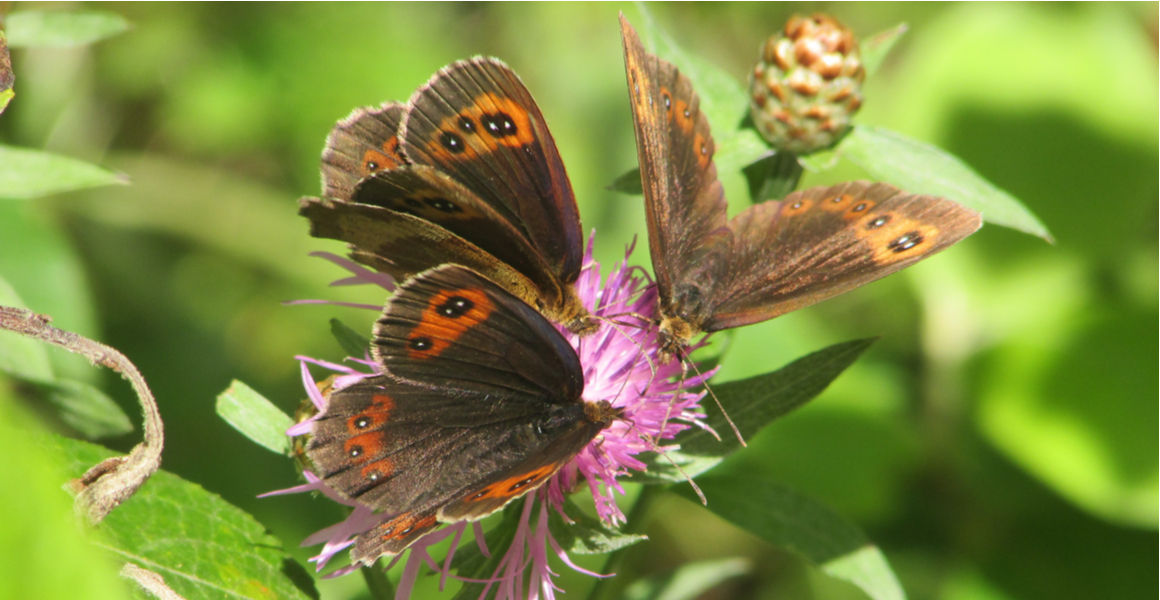

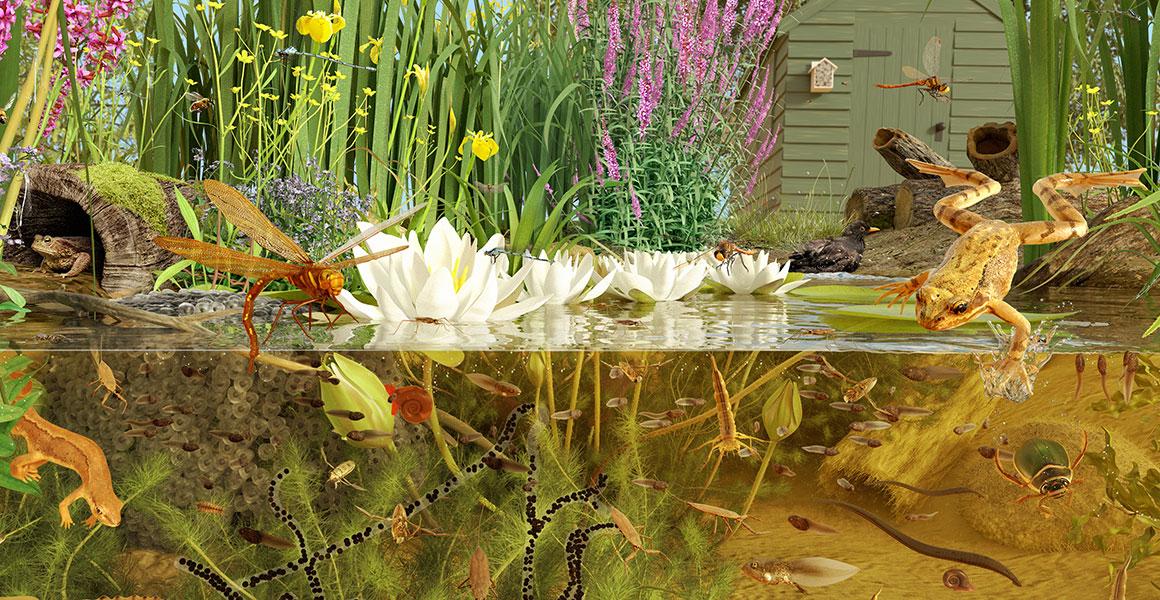
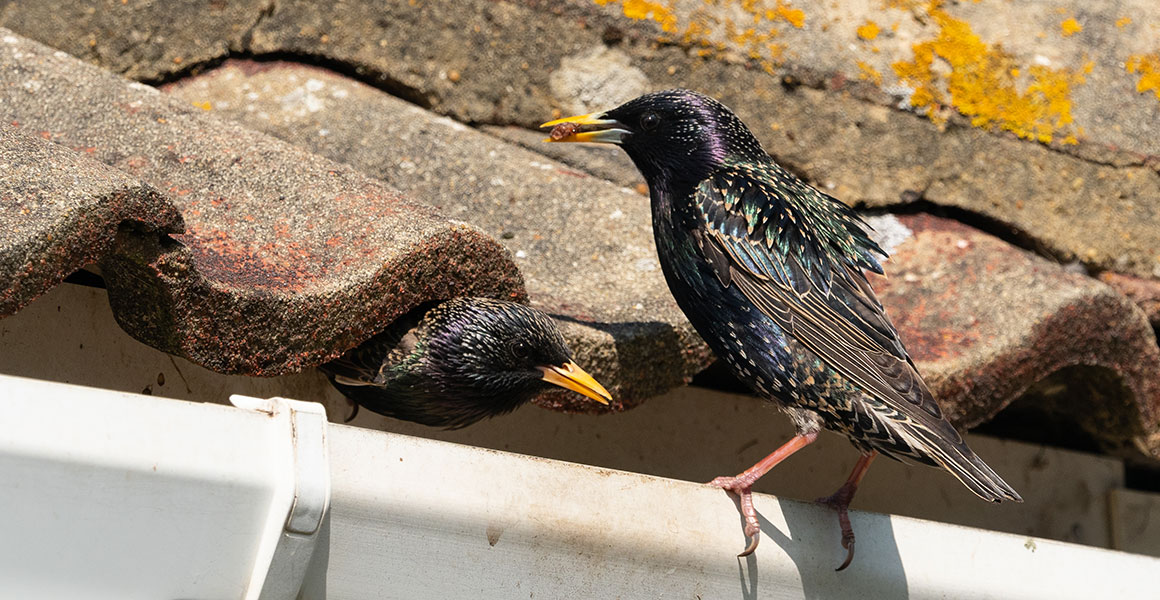
Don't miss a thing
Receive email updates about our news, science, exhibitions, events, products, services and fundraising activities. We may occasionally include third-party content from our corporate partners and other museums. We will not share your personal details with these third parties. You must be over the age of 13. Privacy notice.
Follow us on social media